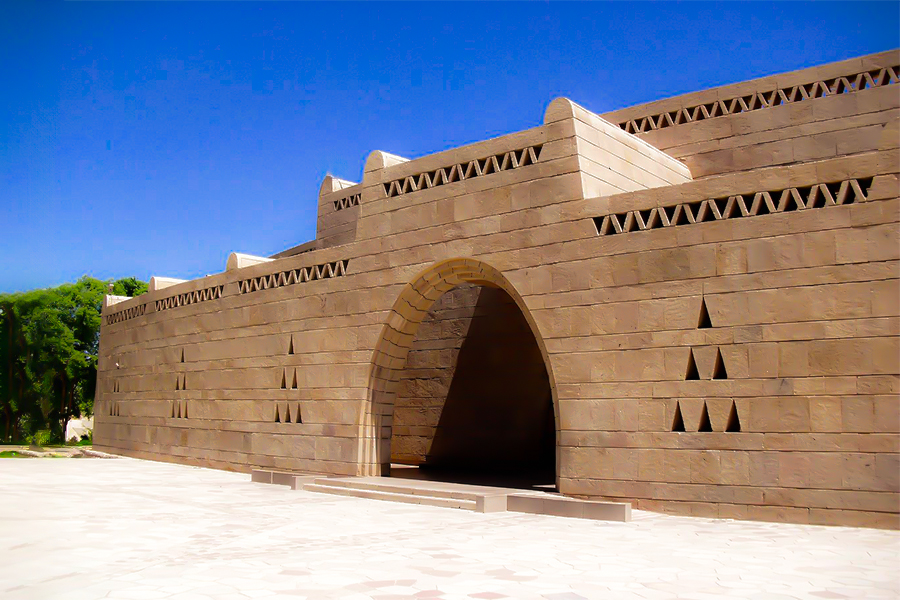Step into a world of ancient African kingdoms, resilient heritage, and remarkable artistry at the Nubian Museum in Aswan. More than just exhibits, this museum is a tribute to a civilization that has shaped—and continues to shape—Egypt’s identity.

Historical Background
The Nubian Museum was inaugurated in 1997, following UNESCO’s campaign to rescue Nubian monuments and heritage after the construction of the Aswan High Dam. With rising waters from Lake Nasser threatening to submerge not just land but history, this museum was created to preserve the culture, memory, and contributions of Nubia.
Built in harmony with the surrounding desert and Nile landscape, the museum’s architecture was designed to echo traditional Nubian forms, with natural stone, gentle lighting, and open-air exhibits. It stands as a symbol of international cooperation, cultural pride, and historical justice.
Cultural Significance
The museum’s significance goes far beyond its displays. It’s the only institution of its kind in Egypt dedicated entirely to Nubian history, and it gives voice to centuries of underrepresented African identity.
It preserves over 3,000 artifacts—some dating back to pre-dynastic times—as well as photographs, documents, and oral histories that capture Nubian life before and after the dam’s construction. It's a place for both reflection and education, equally powerful for scholars, tourists, and Nubians themselves.
Must-See Attributes
🏺 Ancient Artifacts
-
Statues of Taharka, Ramesses II, and Kings of Kush
-
Tools, jewelry, and pottery from Nubian daily life
-
Coptic and Islamic-era objects showing cultural continuity
📸 Ethnographic Exhibits
-
Life-sized Nubian home models
-
Traditional clothing, musical instruments, and wedding scenes
-
Audio-visual displays capturing language and oral history
🌴 Outdoor Garden & Monument Park
Visitor Information
📍 Location & Access:
South of Aswan's city center, easily reached by taxi or part of a cultural tour
🎟️ Ticket Information:
🕒 Opening Hours:
Daily, 9:00 AM – 5:00 PM
🗓️ Best Time to Visit:
Mid-morning or late afternoon; quiet and well-shaded even in warmer seasons
Unique Experiences
Photography Tip:
Photography is allowed (without flash) in many areas. Capture the contrast between ancient sculptures and modern design in the central halls or explore natural lighting through stone windows.
✅ Quick Facts Box
📍 Location: Aswan, near the Fatimid Cemetery
🗓️ Opened: 1997
🧭 Exhibits: Over 3,000 artifacts
🏺 Highlights: Nubian royal statues, home replicas, open-air ruins
🎥 Bonus: Multimedia presentations and educational films
Conclusion
The Nubian Museum is more than a building—it’s a living memory of people, lands, and legends. It bridges the past and present, inviting visitors to see not just what Nubia was, but what it continues to be. For anyone seeking authentic, African-centered history, this museum is an essential stop in Aswan.
Ready to Explore?
Book your Aswan Cultural Tour with Luxor Booking Tours and experience the heart of Nubian heritage, from village to museum.
Links & Further Reading
✈️ Visiting nearby? Pair this with a trip to the Nubian Village
🌐 Learn more at UNESCO’s Nubian Campaign Archives
Author’s Note
“I bring every curious traveler here. The Nubian Museum isn’t just a walk through time—it’s a love letter to a people who endured and still thrive.”